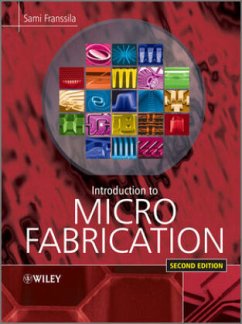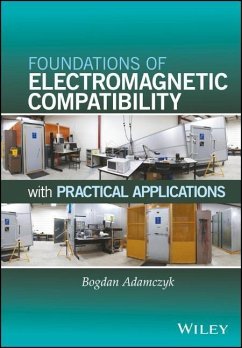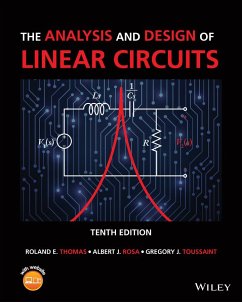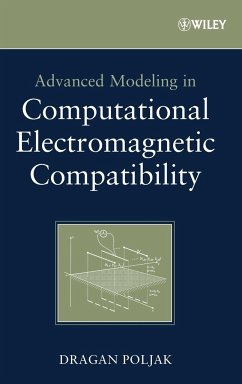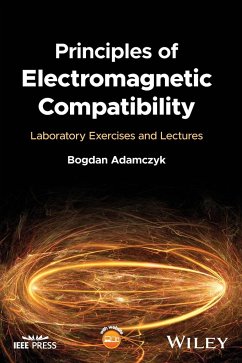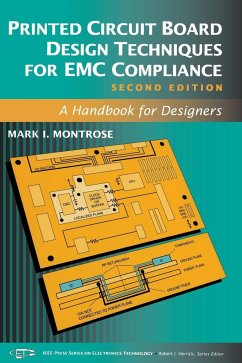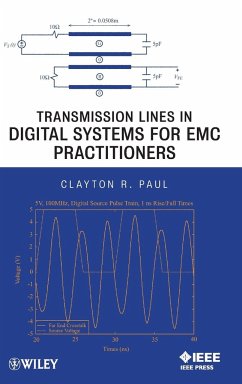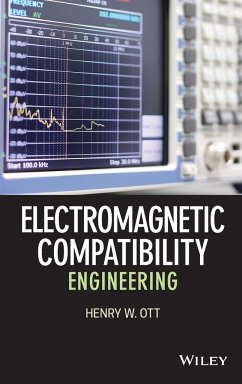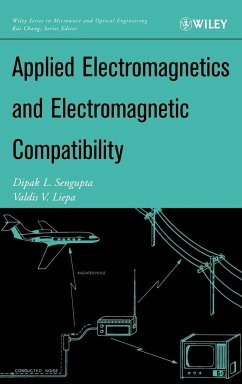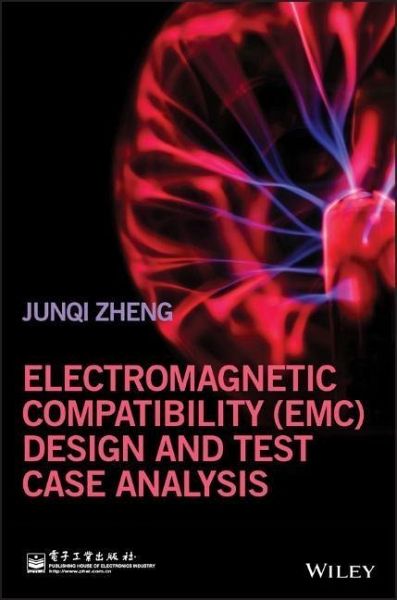
Electromagnetic Compatibility (Emc) Design and Test Case Analysis
Versandkostenfrei!
Versandfertig in über 4 Wochen
140,99 €
inkl. MwSt.
Weitere Ausgaben:

PAYBACK Punkte
70 °P sammeln!
A practical introduction to techniques for the design of electronic products from the Electromagnetic compatibility (EMC) perspective_ Introduces techniques for the design of electronic products from the EMC aspects_ Covers normalized EMC requirements and design principles to assure product compatibility_ Describes the main topics for the control of electromagnetic interferences and recommends design improvements to meet international standards requirements (FCC, EU EMC directive, Radio acts, etc.)_ Well organized in a logical sequence which starts from basic knowledge and continues through th...
A practical introduction to techniques for the design of electronic products from the Electromagnetic compatibility (EMC) perspective
_ Introduces techniques for the design of electronic products from the EMC aspects
_ Covers normalized EMC requirements and design principles to assure product compatibility
_ Describes the main topics for the control of electromagnetic interferences and recommends design improvements to meet international standards requirements (FCC, EU EMC directive, Radio acts, etc.)
_ Well organized in a logical sequence which starts from basic knowledge and continues through the various aspects required for compliance with EMC requirements
_ Includes practical examples and case studies to illustrate design features and troubleshooting
_ Author is the founder of the EMC design risk evaluation approach and this book presents many years' experience in teaching and researching the topic
_ Introduces techniques for the design of electronic products from the EMC aspects
_ Covers normalized EMC requirements and design principles to assure product compatibility
_ Describes the main topics for the control of electromagnetic interferences and recommends design improvements to meet international standards requirements (FCC, EU EMC directive, Radio acts, etc.)
_ Well organized in a logical sequence which starts from basic knowledge and continues through the various aspects required for compliance with EMC requirements
_ Includes practical examples and case studies to illustrate design features and troubleshooting
_ Author is the founder of the EMC design risk evaluation approach and this book presents many years' experience in teaching and researching the topic




